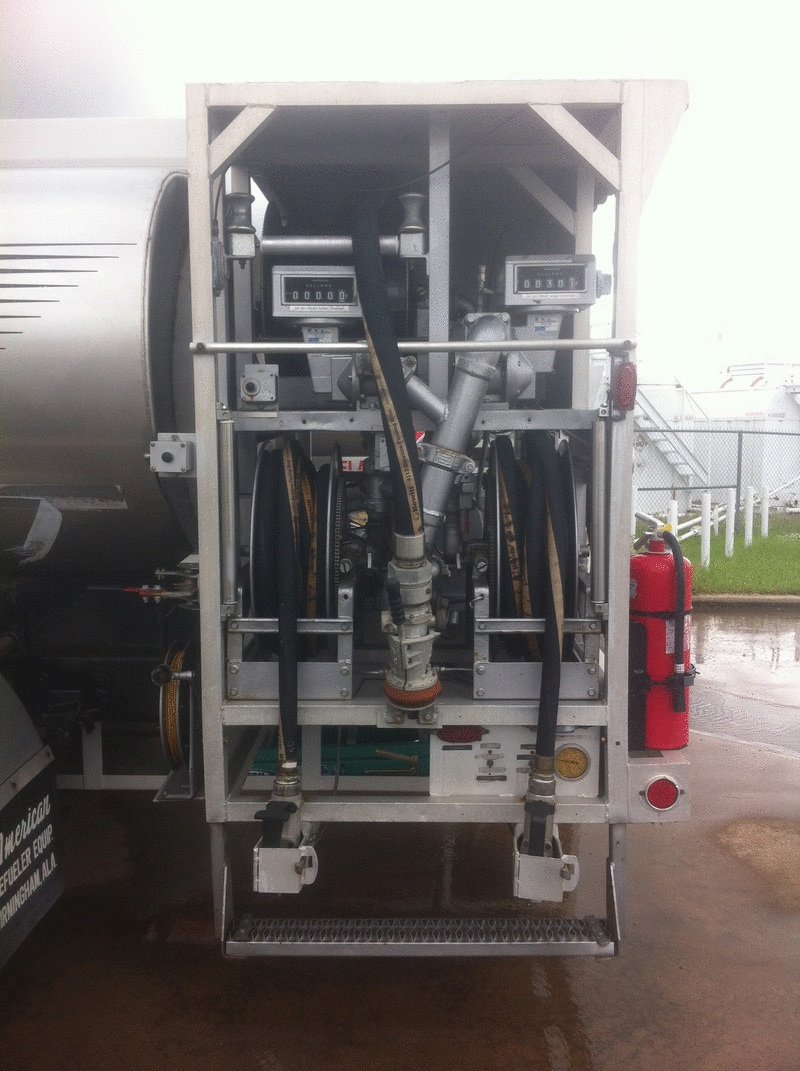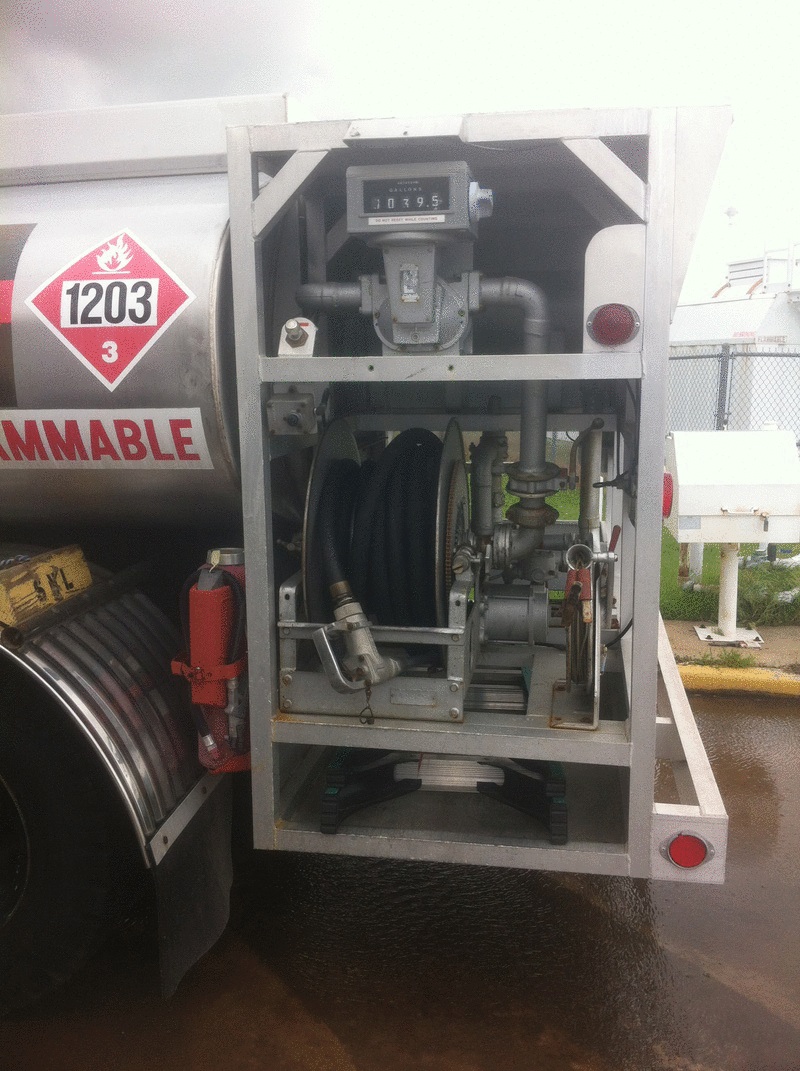SixPapaCharlie;1776614[B said:]I thought after the bob hoover deal they came out with the hoover ring and hoover nozzle. [/B]
I have never paid attn. to a jet A pump or inlet but is this hoover nozzle deal not a thing anymore. I thought it was designed to they would be incompatible.
anyone have details on that?
Actually, I thought that nozzle was mandated after a misfuel fatal that killed the New Jersey Governor... ( I think that was who got killed)







